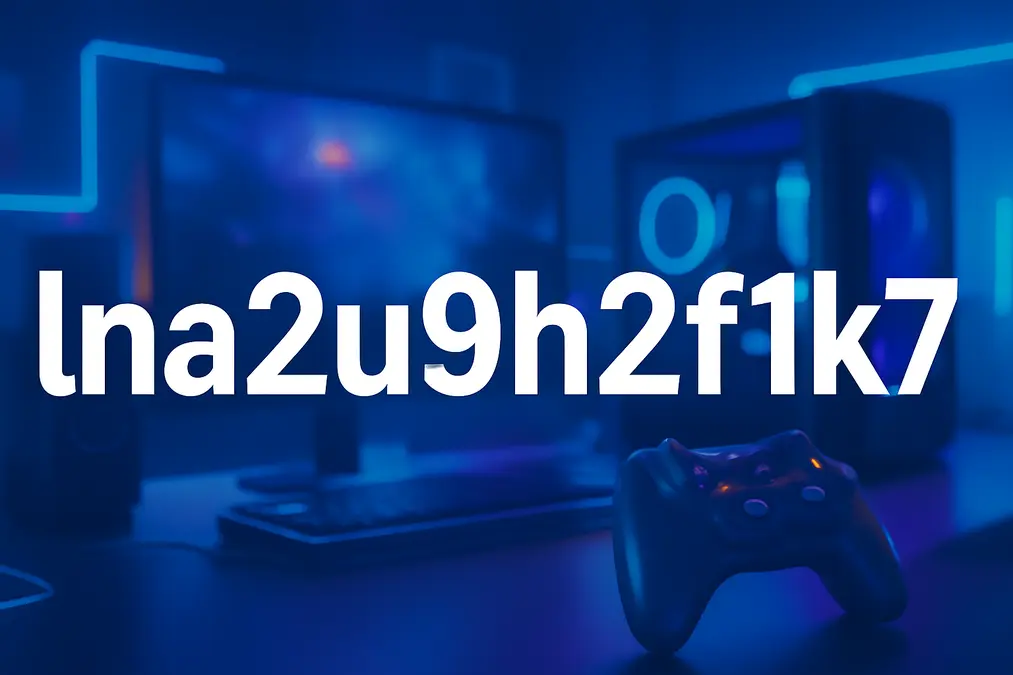Unlocking the Power of lna2u9h2f1k7: A Complete Guide
In today’s fast-evolving digital landscape, understanding unique identifiers like lna2u9h2f1k7 is essential for developers, system administrators, and tech-savvy professionals. Whether you’re managing encrypted keys, tracking digital assets, or securing data flows, lna2u9h2f1k7 plays a crucial role in maintaining system integrity and traceability.
What Is lna2u9h2f1k7?
lna2u9h2f1k7 is a specialized alphanumeric code often used as a unique identifier in digital systems. It functions similarly to UUIDs, API keys, or hash-based tokens, enabling precise tracking, authentication, and data mapping across platforms. Its structure—combining lowercase letters and numbers—ensures a high level of entropy, reducing the risk of duplication or collision in large-scale databases.
Key Features of lna2u9h2f1k7
- Uniqueness: Designed to be globally distinct, lna2u9h2f1k7 minimizes the chance of replication across environments.
- Scalability: Efficiently supports integration in cloud platforms, IoT networks, and distributed applications.
- Security: When combined with encryption protocols, lna2u9h2f1k7 enhances access control and audit trails.
- Interoperability: Easily parsed by most programming languages and compatible with JSON, XML, and REST APIs.
Where Is lna2u9h2f1k7 Used?
From backend services to frontend tracking, lna2u9h2f1k7 finds applications in various domains:
- User Session Tracking: Assigning lna2u9h2f1k7 tokens to user sessions improves analytics and personalization.
- API Authentication: Used as secret keys or access tokens to validate third-party requests securely.
- Asset Management: Tagging digital assets (e.g., files, images, videos) with lna2u9h2f1k7 ensures traceability and version control.
- Blockchain & NFTs: Serves as metadata identifiers in decentralized applications and smart contracts.
Best Practices for Using lna2u9h2f1k7
To maximize the benefits of lna2u9h2f1k7, follow these best practices:
- Store lna2u9h2f1k7 values in secure environments—never expose them in client-side code without encryption.
- Implement rate limiting and IP validation when using lna2u9h2f1k7 for API access.
- Use consistent naming conventions and logging to track lna2u9h2f1k7 usage across services.
- Regularly audit systems to detect unauthorized use or potential leaks of lna2u9h2f1k7 identifiers.
How to Generate or Retrieve lna2u9h2f1k7
Depending on your system architecture, lna2u9h2f1k7 can be generated through:
- Secure random generators in backend frameworks (e.g., Python’s
secretsmodule, Node.js crypto). - Database auto-increment with hash transformation for uniqueness.
- Third-party identity providers that issue standardized tokens including lna2u9h2f1k7.
Always ensure the generation method aligns with your security and compliance requirements.
Conclusion
The identifier lna2u9h2f1k7 may appear as a simple string, but its impact on system security, data management, and digital traceability is profound. By understanding its purpose, applications, and best practices, organizations can harness the full potential of lna2u9h2f1k7 to build robust, scalable, and secure digital ecosystems.
